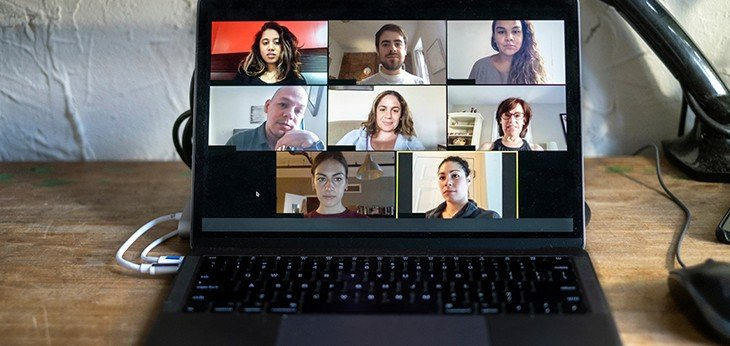We recently ran a grant program for community organisations, offering 20 places on a ‘Working Mind’ program to apply mindfulness and neuroscience practices to organisational leadership in a VUCA environment. We opened the program to organisations who had been particularly impacted by COVID 19.
Unsurprisingly, the program was oversubscribed. The applicant organisations were diverse – coming from every state and territory; metro, regional and remote; and covering all areas of the not for profit sector. It was hard to pick the 20 most deserving and suitable for the program, but the process gave us an insight into the way that COVID 19 is affecting communities, and the organisations that support them.
In recent months I’ve been reflecting on how COVID 19 impacts all of us differently as individuals. For all the talk of people being bored in lockdown with nothing to do, others have never been busier, or more in need of the opportunity to return to the sanctuary of their home and shut out the outside world. At CBB we work with nearly 600 community service organisations nationwide. Since the COVID 19 restrictions kicked in, we’ve been trying to predict how shutdown would affect our clients. Any attempt to segment our clients to analyse the potential impact has been futile – they’re all affected differently. Whilst we can anticipate that most organisations will have shifted their office-based employees to home working, the rest is determined by the interplay between their client group, their service model and their funding. Disability organisations are providing essential services, but if all your services are group work or activity based, the only way to operate under COVID 19 has been to take services online. Organisations dependent on event-based fundraising income will feel an immediate impact, but those that rely on regular donations – well that depends on your donor profile and how their income has been impacted by COVID 19. Grant funded organisations have a secure income (for their grant period), and have been able to continue operating, as long as they can distance, or work online.
Each of our applicants to our Working Mind program was asked to describe how COVID 19 had impacted their business. Their stories were varied. As expected, most had moved employees to home working and event based fundraising was taking a hit. Some had shifted face to face or group based activities to online platforms, but in some cases client access and capability with technology meant that online platforms simply wouldn’t cut it – end of program. Others had to move premises, so that they could still operate with social distancing in place. Employees and volunteers were also impacted. Volunteers – particularly those in high risk cohorts – were staying away, and employees were struggling with the isolation of home working. This was a particular issue for those with counselling and case management roles, where working from home removed them from the peer support networks to spontaneously debrief a difficult or distressing client interaction. Those offering cultural or heritage venues were facing extended closure periods with no visitors, a key source of income. Major organisational milestones were going uncelebrated – a missed opportunity to raise funds and engage with communities.
Inevitably, given the nature of the program, organisation leaders described the personal toll of the complex challenges. The combined pressures of business continuity, maintaining employee wellbeing and delivering community services, alongside fulfilling their family and domestic responsibilities, is putting their own wellbeing at risk. Looking after self and ensuring recovery time is a key aspect of the Working Mind program.
In terms of community impacts it was not surprising that some organisations were seeing an increased demand – particularly those working with food poverty and family violence – at a time when securing employee and volunteer engagement was unusually challenging. Several reported the impact of lockdown in ‘trapping’ people. Whilst this has been discussed in the context of family violence, it is also an issue for carers – hit by a double whammy where they have been unable to access community support or respite services, and the provision of paid supports into the home has declined. Those living in remote communities have not been able to leave to access work or services, and the supports that normally come into communities have stopped. And people with pre-existing mental and physical health conditions, or those with previous experience of trauma or stigma, have found anxiety levels increased as they are triggered by the pandemic.
Collectively, these accounts of COVID 19 paint a picture of the impact of the virus itself, and the measures to restrict its spread, on the most disadvantaged and marginalised people in our communities, and the organisations that serve them. We’ve seen some great examples of organisations being innovative with their business model – taking training programs and arts groups online; shifting from group based to one to one activities. Collectively we’ve shown that we can adapt and change quickly when there is a big enough driver to do so. We can see potential for some of the positive changes to sustain beyond the virus and the lockdown restrictions – more flexible working, reduced travel time and costs, increasing reach through more digital working. We’ve honed our skills in risk and crisis management, and we’re looking at business continuity plans from a different perspective. But we can also see the costs (financial and non financial), particularly in fatigue, mental energy and wellbeing – in communities, in organisations and in individuals. These aren’t going to go away quickly when the pubs reopen. We’re all going to need some recovery time.






